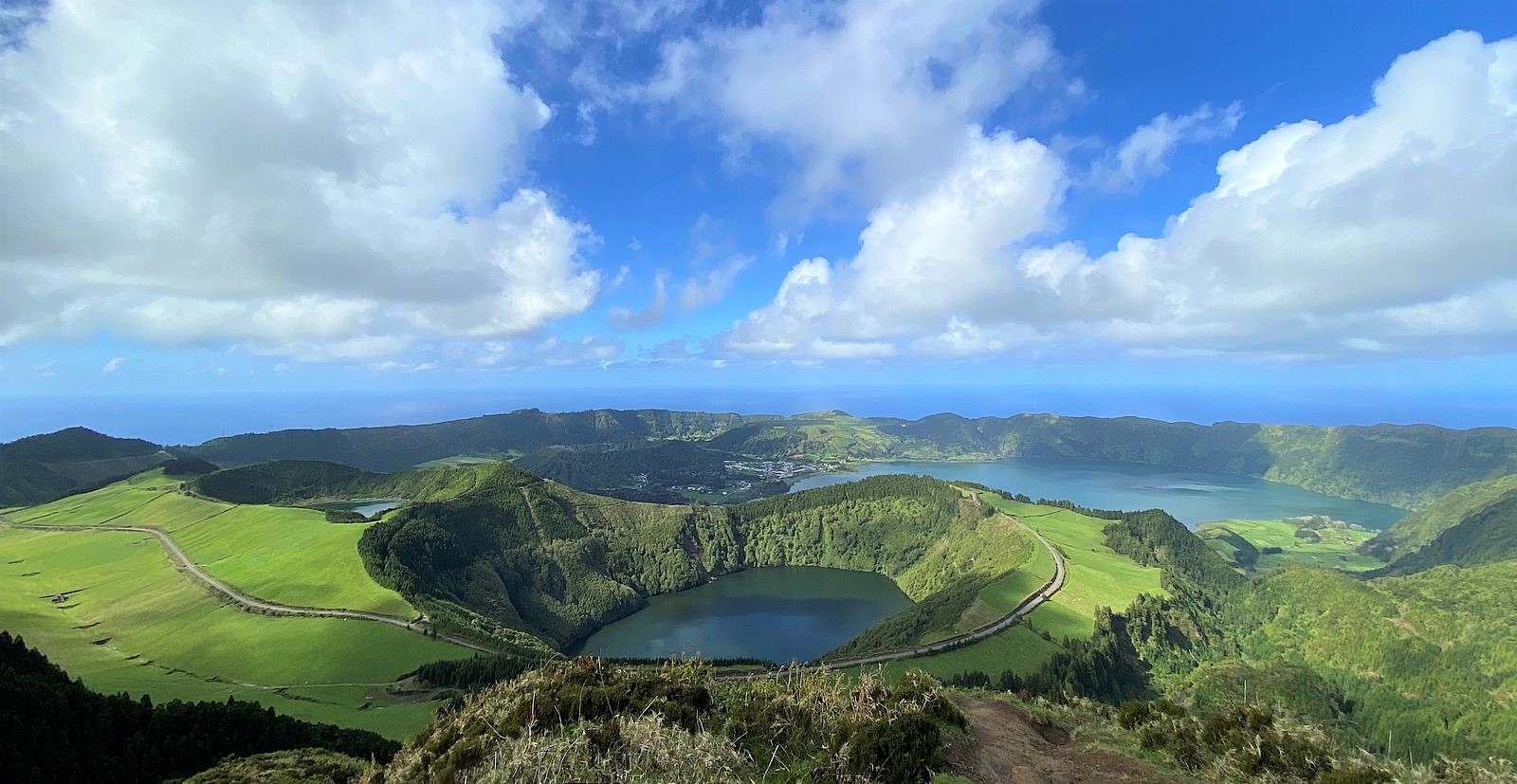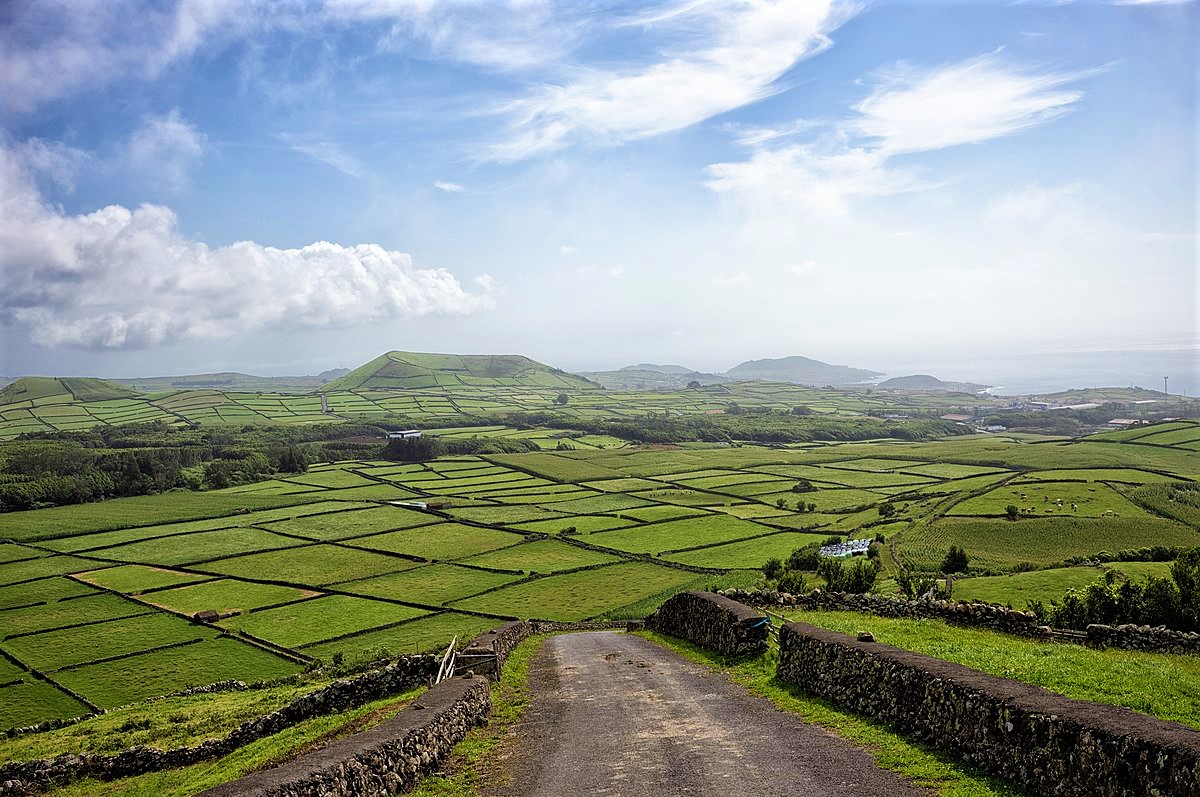Tips when traveling to the Azores
If you are planning to travel to the Azores there are a number of things you should know beforehand. With this guide, you will hopefully get the right advice and tips to enjoy the Azores to the fullest and not do the same mistakes I did. We will answer the following:
- Which island to go to?
- How to travel on the island and in between?
- When to travel?
- Where to stay?
The Island Groups
The Azores is an archipelago of 9 volcanic islands. These can generally be separated into three groups: the eastern group, comprised of S Miguel and Santa Maria, the central island group, composed of Pico, Faila, S Jorge, Graciosa, and Terceira and lastly the western group the islands of Flores and Corvo.
The Azores are mostly agricultural lands used for cattle and the growing of fruits as well as fishing. However, tourism is starting to grow but the islands are still unknown to most foreigners. Below is a map of the archipelago with an explanation of each island and my take on what to see on each island.

The Eastern Islands: São Miguel & Santa Maria
São Miguel
- Beautiful lagoon of Sete Cidades
- Natural thermal baths from the volcanos
- Hiking through exotic forests
- Volcanic beaches
- Whale- and dolphin-watching
Sao Miguel is also a travel hub, so the probability that your flight headed to the other islands located westward will do a stop here is high. Maybe book a flight with a night stop-over here! Then you would maybe have time to explore the city of Ponta Delgada at least.
Santa Maria
Also called the “Sun-Island” by the Portuguese, the island of Santa Maria was the first one to be discovered by the Portuguese and houses, therefore, the oldest history of the Azores. The somewhat smaller sister island of São Miguel can be reached by ferry (if the condition is good) and has the most beautiful beaches of the two eastern islands. Santa Maria has a diverse landscape for its size and even has a red desert that is clay-like in the northern part. If you are looking to have a unique experience and be surrounded by nature with no people around, Santa Maria offers beautiful hikes along its coast.
The Central Islands: Pico, Faial, São Jorge, Graciosa & Terceira

Pico
This island has Portugal’s highest peak. The proud Mount Pico towers over the central island’s archipelago in the middle. Pico has been an important island for its fishing as well as its whale hunting. Today, the watchtowers that were once used for the hunts are now used by the whale watchers who would guide the tourist boats to meet the whales out to sea for a spectacular show. The island has a number of cute villages lodged between the mountainside and the coast. Pico is also famous for its wine. The Azorean wine has to be grown in a peculiar way which involves the building of small walls around the grapes to shield them against the harsh and salty winds from the sea.
Faial
This island is famous amongst the Atlantic sailors, the island’s port in the town of Faial is often a required stop before finishing the crossing of the other half of the ocean. The ports house fisherman’s boats, sailing boats as well as motorboats for whale-watching. The port town has a rich history with the transatlantic sea-plane postal service which saw a lot of activity at the beginning of the 1900s. Today, you will find hardy seamen as well as charming bearded Frenchmen making a crossing to the Caribbean. Faial has also a volcanic crater that sits on top of the old volcano which gives a perfect viewpoint over Horta as well as the neighboring island of Pico.
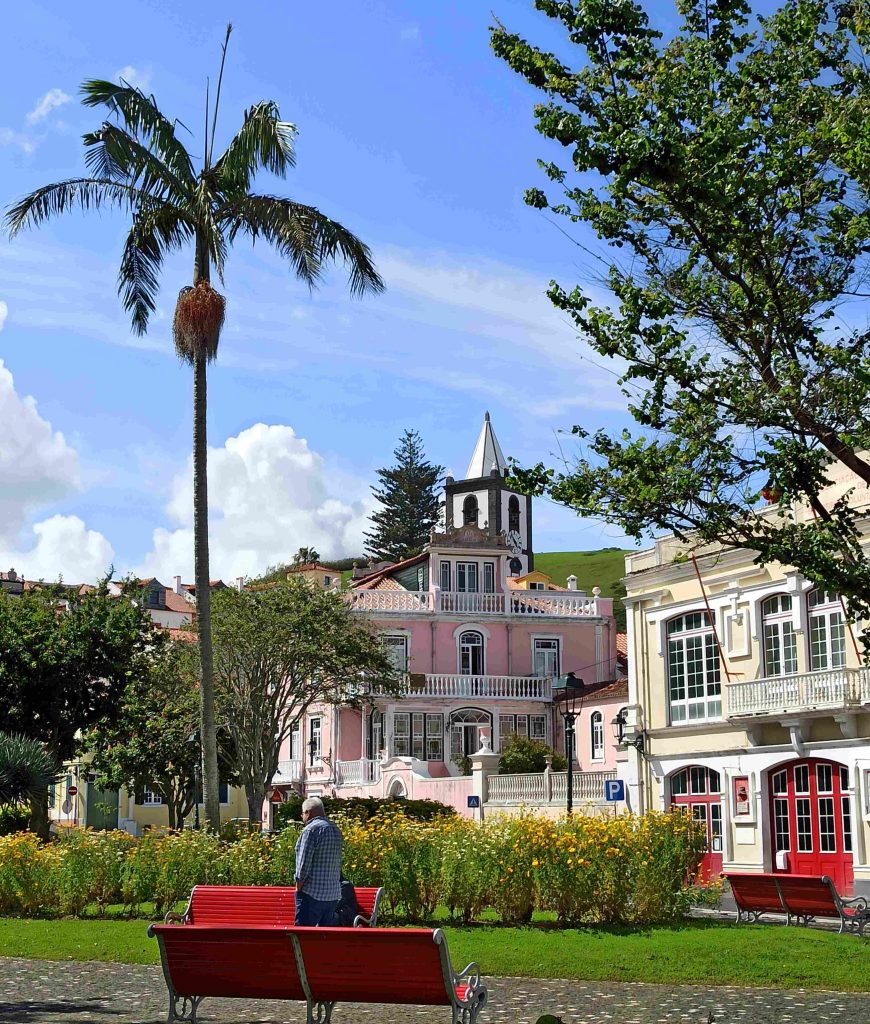
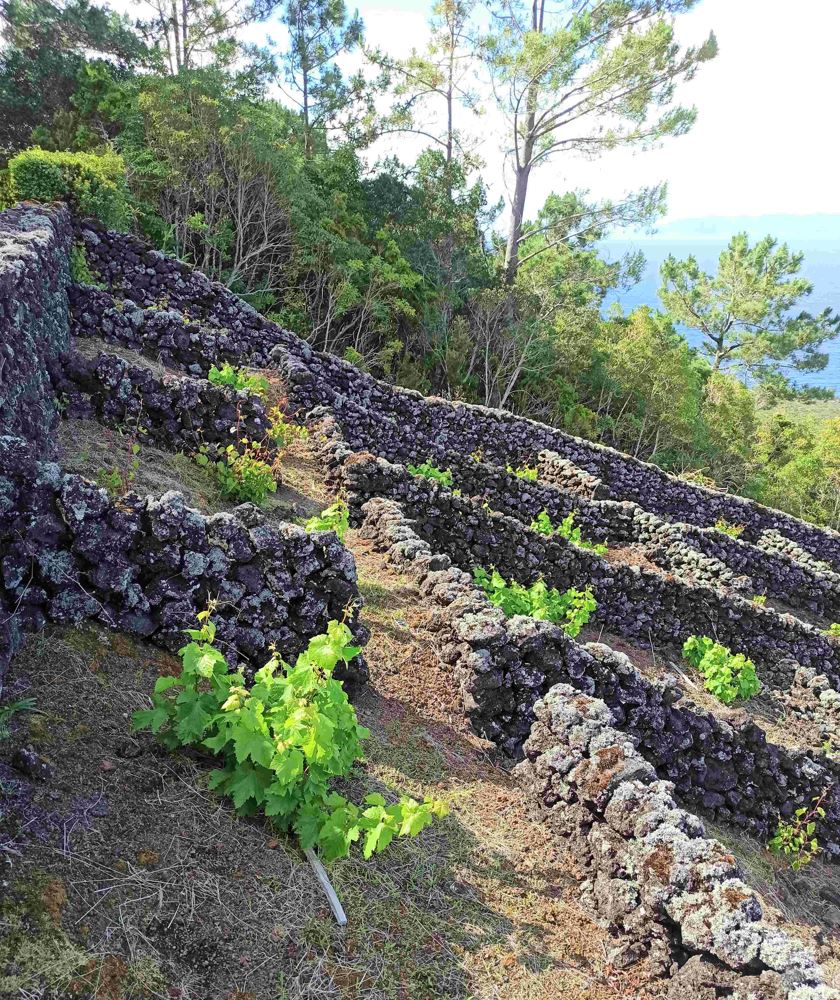
Graciosa
Like most of these islands, Graciosa has an impressive crater from an old volcano, also called “Caldeira” in Portuguese. The island is smaller compared to the other islands from the central group. However, it has hills, which are called “Serras” which offer great hikes and views over the island itself as well as the other surrounding islands. An interesting note is that Flemish settlers moved here a long ago; a hint of that origin can be seen in the many windmills that dot the landscape. Graciosa, which means “The Graceful”, can be reached by ferry from Faial and São Jorge.
Terceira
The island of Terceira is the second most inhabited island of the Azores after S. Miguel. Its main town: Angra do Heroismo is the oldest settlement of all the Azores islands and is a UNESCO world heritage site. Terceira has flat plains used for agriculture and cattle, volcanic craters as well as caves called “Carvão” which can be visited. Terceira has a military base which has meant that the airport of Terceira is better connected than most of the other islands of the Azores.
São Jorge
The island of São Jorge is well known for its cows and the phrase “Vacas felizes” which means “Happy Cows”: this is easily understood when seeing how green the island is as well as the amazing view the cows have when grazing on the slopes all year around. The island is peculiar in its geography being very elongated and having high cliffs along the north coast while the southern one has beaches. The island of São Jorge produces a large share of the milk and cheese for the Portuguese both in the Azores as well as on the mainland. The cliffs on São Jorge have at times crumbled and created land masses at the bottom allowing fishermen to build small settlements: these are called Fajãs. Some of these Fajãs are so isolated that boat is the only way to reach them.


The Western Islands: Flores & Corvo
Flores
While there is another island in the world that has the same name, the Portuguese island of Flores is arguably the most unique one of all the islands in the Azores in its landscape and nature. Many people call it the European Hawaii and it’s easy to see why. With its breathtaking waterfalls and endless greener-than-green forest Flores can sometimes make you feel like you are on a fictitious island from an Indiana Jones film. The island feels much less populated compared to the other island groups. Many tourists come to Flores to experience the wide variety of birds as well as the abundance of flowers. If you want to experience an other-worldly feeling in a place where only a few people have been, this is the island for you.
Corvo
This island is the most remote island of all the Azores islands. It is also worth mentioning that due to its size, the island houses one of the smallest runways for planes in the world. Getting to Corvo can however be done by boat. The island only has 384 habitants (as of 2021) which makes it the smallest municipality of Portugal. Due to its size, the island consists mostly of the town, Vila do Corvo, the airport, the port, and the agricultural land up until the volcanic crater. Corvo is a peculiar place that should be visited if you are already traveling to Flores as it can be easily reached by a ferry or smaller motorboats.
How to travel to and move-around on the islands?
As you may have guessed, the Azores are islands with somewhat less developed infrastructure compared to the Portuguese mainland. In this section, I will explain how to best get to the islands as well as how to get from one end to the other of the island.
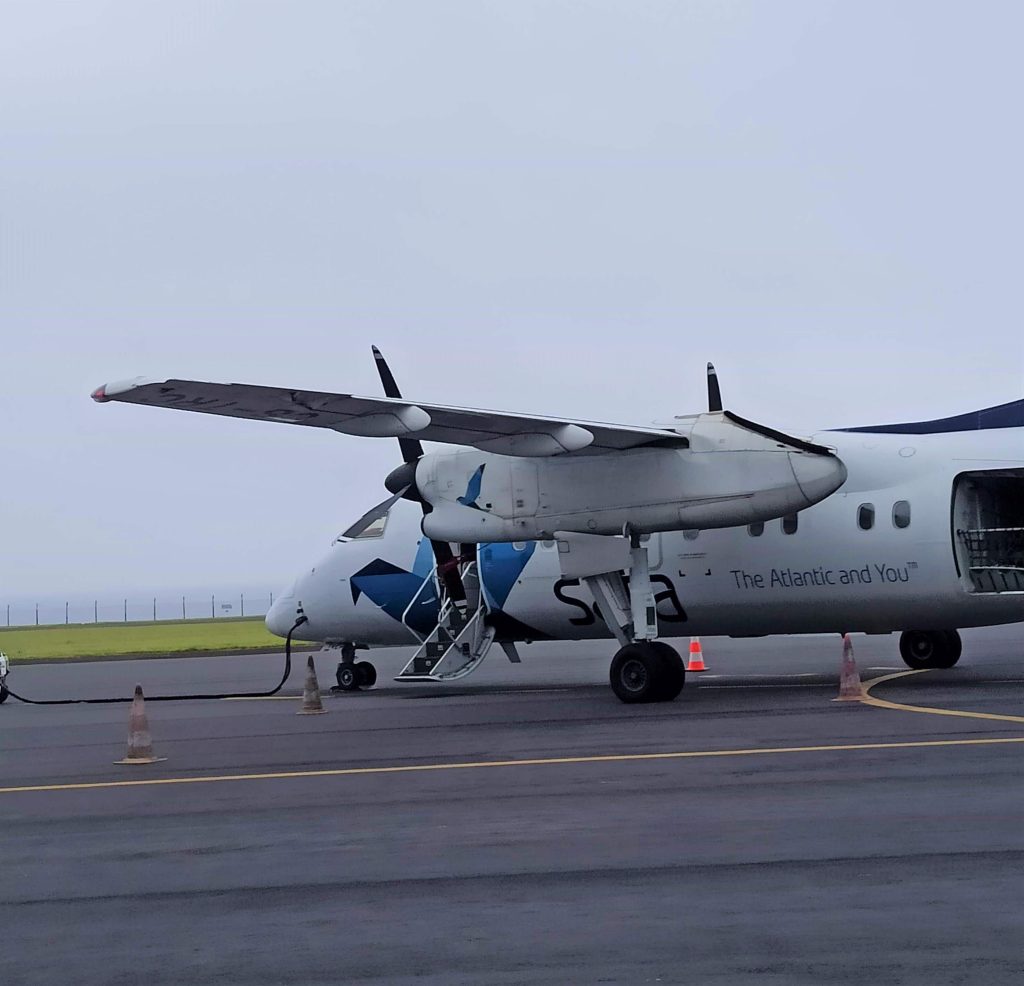
By plane
Flying to the Azores archipelago is usually done from Lisbon but you will also find flights from the main Portuguese airports of Porto and Faro: Lisbon has by far the most flights though. If you are coming from the US, the airports of JFK or Boston fly regularly to São Miguel’s airport. Canada also has a few flights for example from Toronto.
Both the Portuguese national company of TAP flies as well as the Azorean’s own company called SATA, also a national company. The SATA planes are often propeller planes which means, due to their size, can land on any runway of the islands. TAP on the other hand, flies larger jet planes which makes them serve exclusively the larger airports in the Azores, namely, São Miguel’s Aeroporto João Paulo II and Terceira’s Aeroporto das Lajes.
Important to mention: the small airport runways in the Azores are subject often to extreme weather. Therefore, it is more than likely that your flight might be delayed or even moved to the next day!
By ferry
Let’s say you flew to Pico and now want to get yourself to the neighboring island of Faial: do you need to book a new flight? One cheaper alternative I recommend is to check if the ferry is available. While, in some parts of the year, mostly winter, the sea can be a bit wild, the islands are connected by ferry which travel a few times during the day. These boats are very reliable and are quite fast: they also are pretty safe considering the big waves of the Atlantic.
Keep in mind, that the prices and timetables of the ferries change with the period of the year. Also, in wintertime, the ferries might not go to some islands due to the seasonal weather conditions. All this information can be found following this link which takes you to the official page of the company Atlanticoline which operates the lines. The tickets are bought over the desk at the port. Make sure to be there on time as the desk closes 5 min before departure!

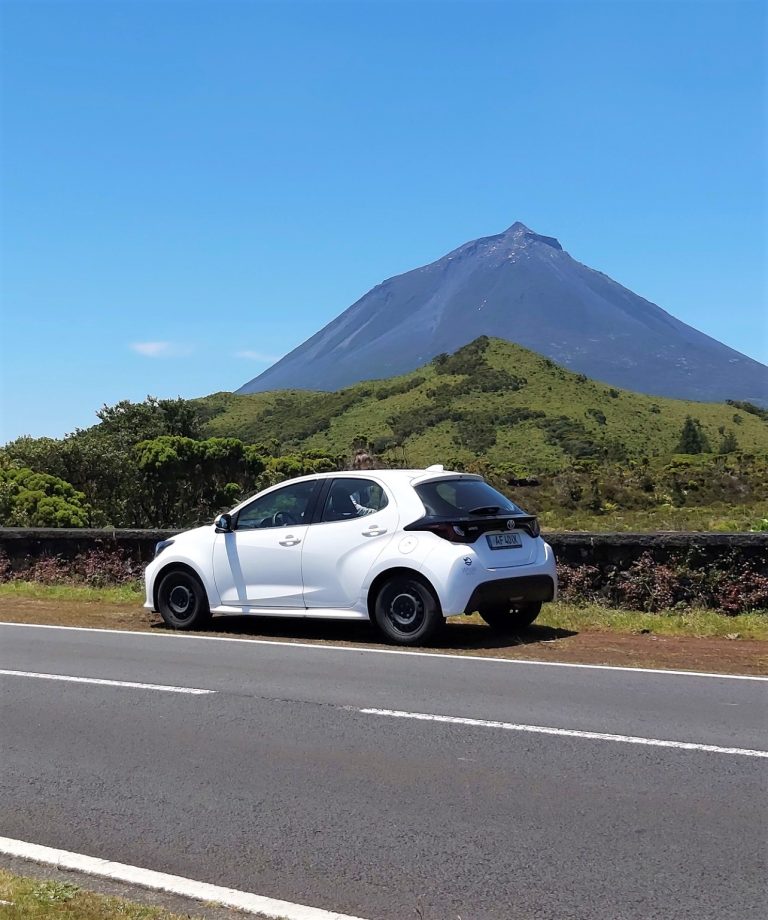
Rental Cars
When you are on the right island, the question remains: how to get to the other end “where the winery is?” While you might be lucky to find the rare bus route: these are too few and expensive. Taxis are also an option. However, taxi trips will add up and you will find yourself paying a hefty price for transport. If you plan on making more than 3-trips on the island, I recommend renting a car. If you only are two, you could even rent a scooter (although I don’t recommend it due to the wet conditions). The rental companies are usually local ones and I have found that they offer better prices than on the Portuguese mainland. This will not only save you money but it will also allow you to travel freely across the beautiful landscape.
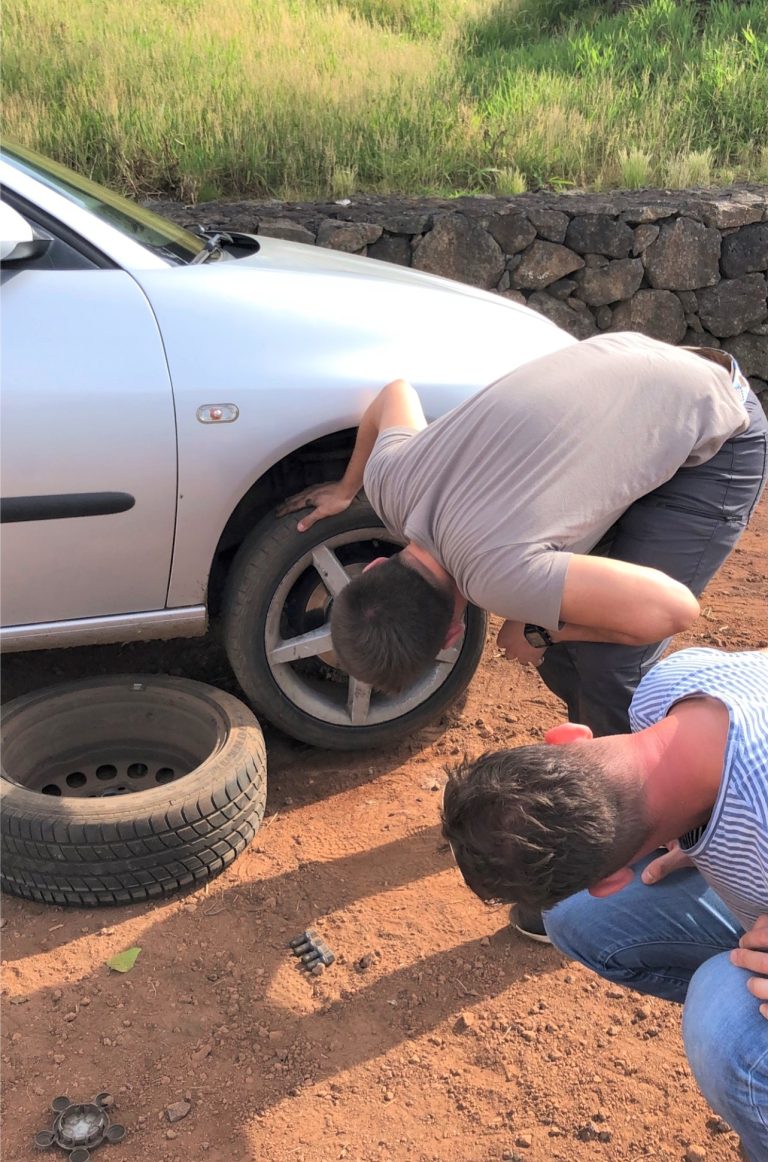
Renting a car from your host?
However, there is another way to get ahold of a car. A lot of owners of BnBs or hostels gladly rent out their cars to their customers: while the price might be very attractive, this is usually an “under-the-table” type of deal. This means that should the police stop you, were you to say that you rented the car through your host, they would probably not like it! Furthermore, the cars are often not up to standards. The last time I rented a car through my host, the car got a flat tire on the very end of the island, an hour away from the hotel and the nearest town. This could have been due to the bad road conditions, but it was certainly also due to the bad state of the tires. So, if you rent a car through your host, keep in mind that it is at your own risk!
A few words on driving in the Azores

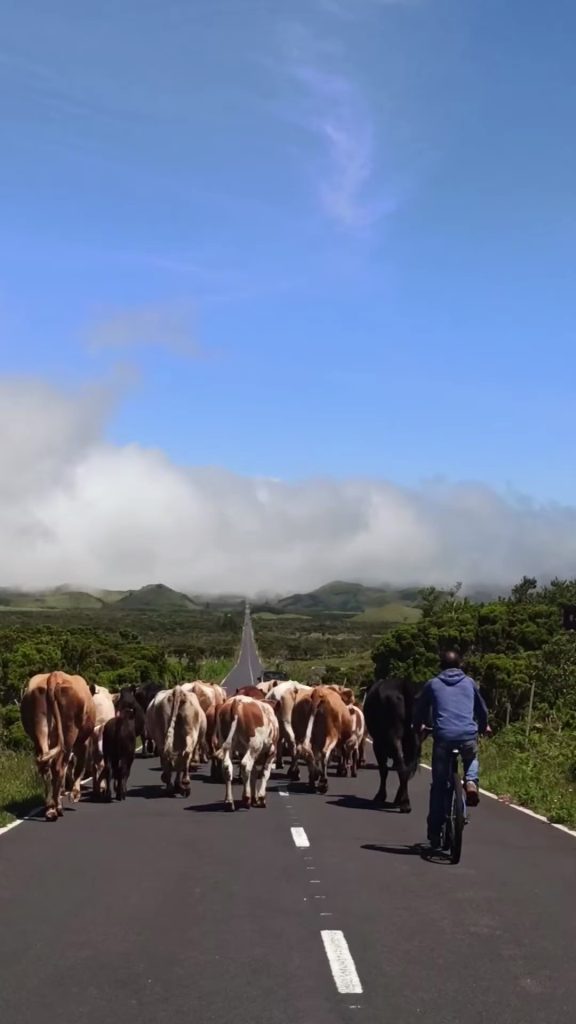
Driving in the Azores might be very different from driving in your hometown. What strikes most people when first coming to the Azores is the sudden fog that usually arises in the morning. If you are driving, keep in mind that visibility can be very difficult under foggy conditions: make sure that your headlights and taillights work properly.
Another thing to note is the amount of cattle on the islands. A lot of the time, farmers will need to move cattle from one enclosure to the other: this means that oftentimes, you will see cattle on the road. The important thing to do is to give the farmer enough room to safely lead the cattle. Generally, the best thing to do is to stop the car and let them pass. However, sometimes, the only thing to do if you are headed the same way is to bid your time: you are in the Azores so you might as well enjoy the view!
When to travel?
As you read above, the Azores are subject to the weather conditions. In the wintertime, which is usually from October to March, winds are stronger, waves are bigger and there is usually more rain. This means that ferries are less likely to run or even not scheduled at all and planes are usually delayed. However, the winter is considered as being more mild compared to the winter on the European mainland. You will still be able to enjoy the nature as well as the different activities. The prices of flight tickets and accommodation are generally much lower than during the peak season in summer. If you can, try to travel during the spring or the fall. In June, you have the religious festivities which can be very interesting and fun to take part in.
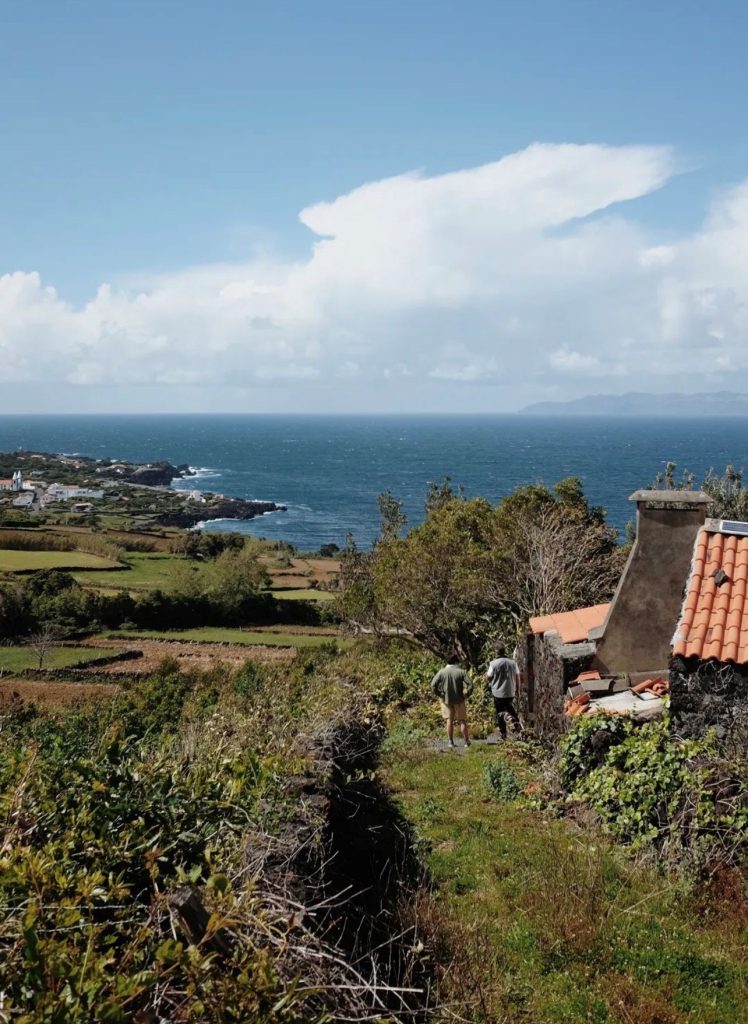
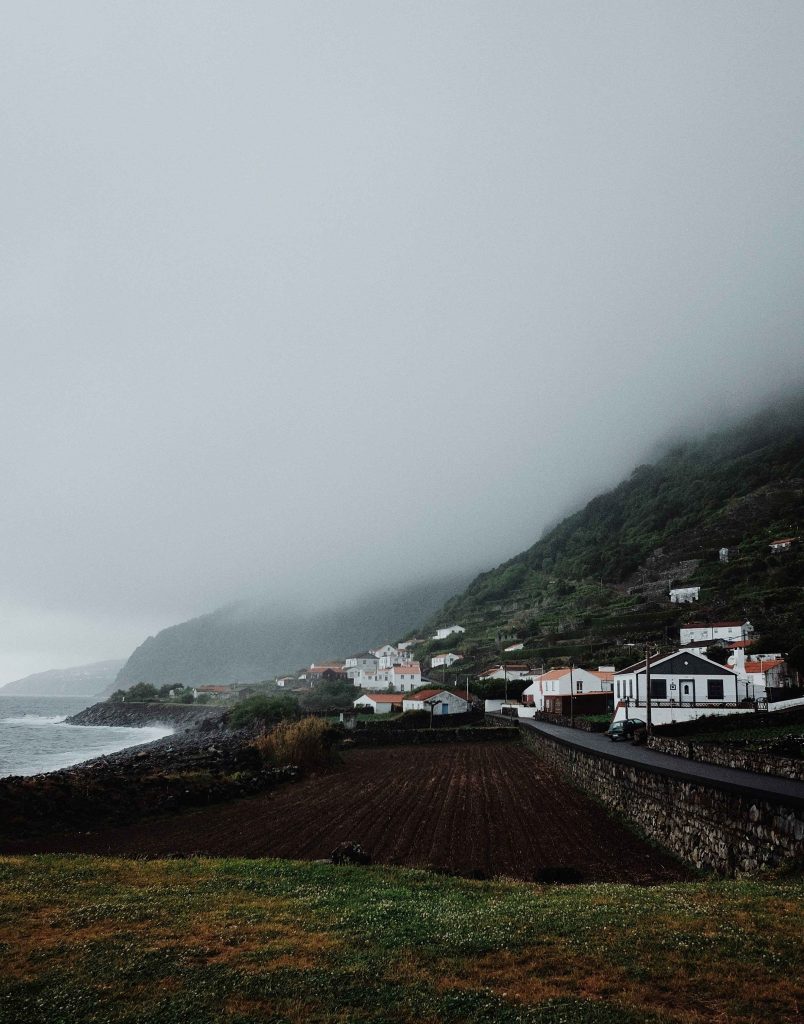
Where to stay?
The Azores offer a wide range of accommodations. While you can certainly find nice hotels in the major towns, there are a number of BnBs and guesthouses scattered across the countryside. Hotels certainly have a lot to offer but these smaller accommodations are usually run by hosts who are very welcoming and take great care in making you feel at home. In one of the guesthouses I stayed in, the host invited us to try his wine and brought us fresh bread for breakfast from the local bakery every day. These small things can, I believe, make the trip to the Azores unique and very different from a trip to, for example, Algarve in mainland Portugal.
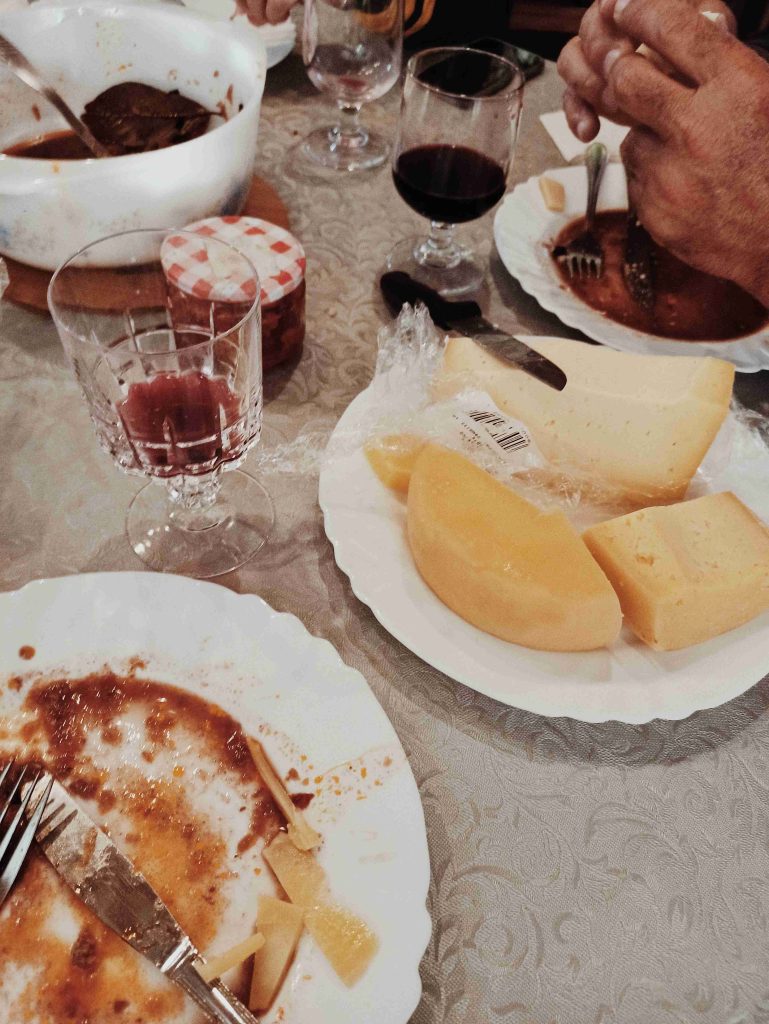
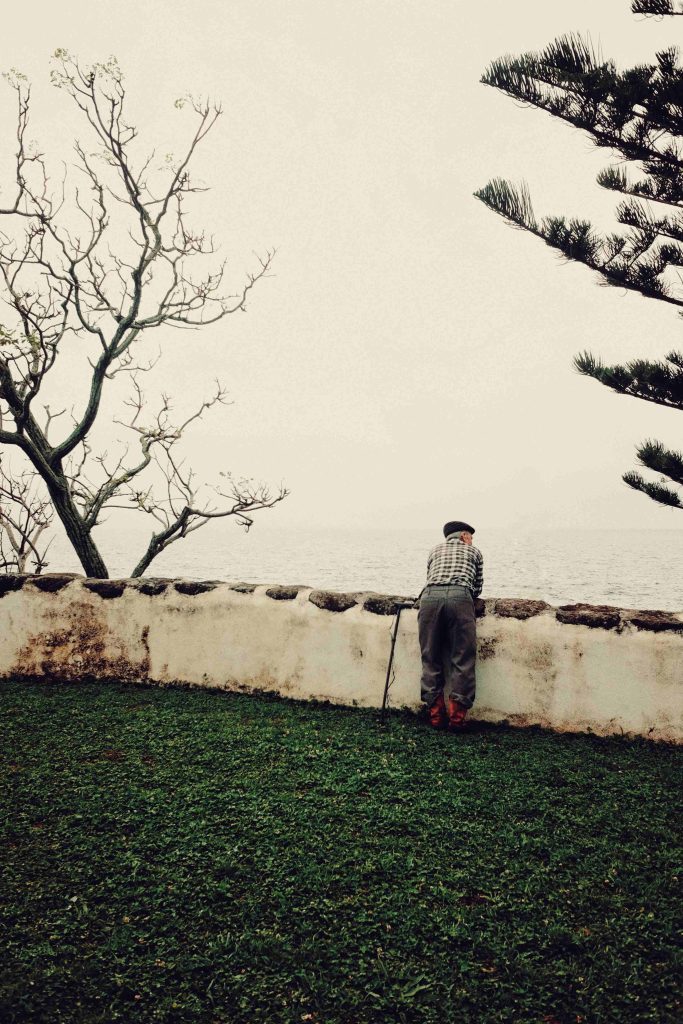
To sum-up
After reading this article, I hope that you have a better idea about how to plan your trip. While I would be glad to write down a day-by-day itinerary, I believe that part of the experience is to take it as you go along because a lot of pleasant surprises will present themselves to you. Whether you get invited to a dinner at someone’s home or you stumble upon a great picnic spot with a view, a trip to the Azores can only be planned so much. Part of the charm is to let the journey take you wherever it wants to. However, if you still feel the need for more reading I have more posts in my Azores category. Happy traveling and see you there. Tchau!

